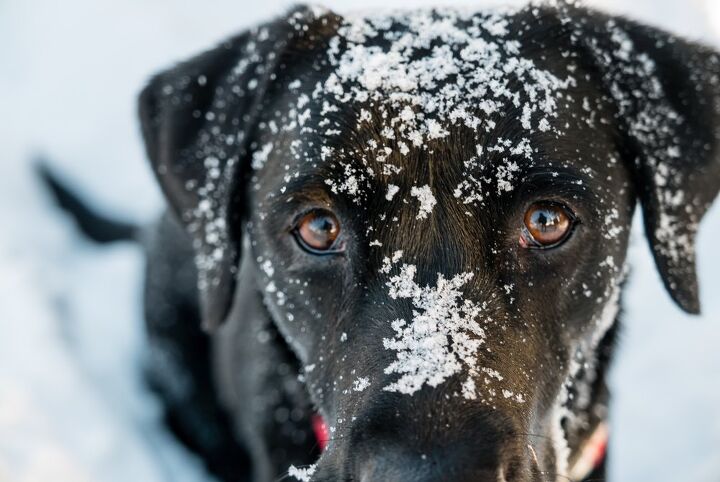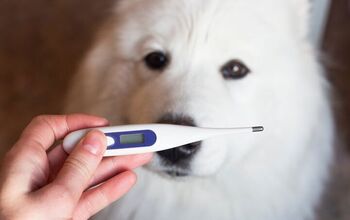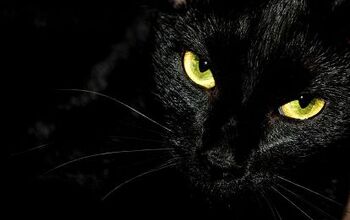How Do I Know If My Dog Has Frostbite?

Cold weather affects our pets even more than it does us – dogs are much more sensitive to harsh weather elements and can be especially affected by the freezing winter cold. Depending on their size and the thickness of their coat, dogs can be more or less endangered when the scales go way down below zero, and for some dogs, going out in subzero temperatures can be quite risky. So much so, that they can even get frostbite. While frostbite in dogs can range from mild to severe, it’s a condition you can’t ignore – you need to know how to quickly spot signs of frostbite in dogs and make sure to provide first aid ASAP to prevent any permanent damage.
How Do I Know If My Dog Has Frostbite?
Exposing your dog to extremely cold temperatures is always risky. While there are certain breeds, like huskies, who are adapted to extreme weather conditions, dogs are generally not ideally suited for freezing temperatures and as such are at risk of getting frostbite. Frostbite is a result of skin and tissues freezing, and it usually affects the most exposed parts of the dog’s body, like the paws, ears, nose, and tail. However, it can’t always be easy to spot frostbite in the earliest stages – usually, pet owners realize they’re dealing with frostbite when the damage is already done. Try and keep an eye out for the following symptoms if your pet has been out in the cold:
- Swelling:
When frostbite sets in, the affected area will often swell. This happens when the top layers of the skin and tissue become gradually frozen. Likewise, the swollen area could feel firm or hard to the touch.
- Coldness:
The areas that are frostbitten will feel much colder to the touch than the rest of the body. This can be the first and the most obvious sign of frostbite.
- Skin Ulcers and Blisters:
These nasty growths can appear when frostbite has really taken hold of an affected part. As the frostbitten flesh begins to thaw, it also blisters.
- Limping:
When your dog limps in cold weather, it can be the first indication that something is wrong. This is usually due to the soft tissue on the paws being exposed to freezing ground.
- Discolored Skin:
Another tell-tale sign of frostbite is the discoloration of the skin on the affected area. The main cause of this is the reduced blood flow to the area. The skin in this case will appear gray, pale, or bluish.
It goes without saying that frostbite is very dangerous. If you suspect it in your dog, please seek the help of a veterinarian at once. It is paramount that you leave professionals to take care of your pet, rather than to attempt to fix the situation on your own. Things like hot water, direct heat, and other attempts to reheat the flesh quickly will only lead to more damage. Also, keep in mind that the signs of frostbite can take several days to appear. This is mostly true for small areas of flesh being affected, such as the tip of the tail, or the ears.
Of course, you should do all that you can to prevent frostbite from ever occurring. Make sure that your dog is never left outside for long, that they have proper housing, and that their outside time is limited and supervised when the weather is cold. Another great thing is protective wear. You can invest in things like special dog boots for winter weather, or in comfy dog winter jackets to make sure the freezing cold doesn’t bother your pet. When the temperatures drop, these warm clothes can make a major difference.
In the end, limiting outdoor exposure is always the safest bet. After all, what better place to be when the winter is harshest than indoors, sitting comfortably in front of a roaring fire or cozied under the blankets with your four-legged friend?

A proud mama to seven dogs and ten cats, Angela spends her days writing for her fellow pet parents and pampering her furballs, all of whom are rescues. When she's not gushing over her adorable cats or playing with her dogs, she can be found curled up with a good fantasy book.
More by Angela Vuckovic

























